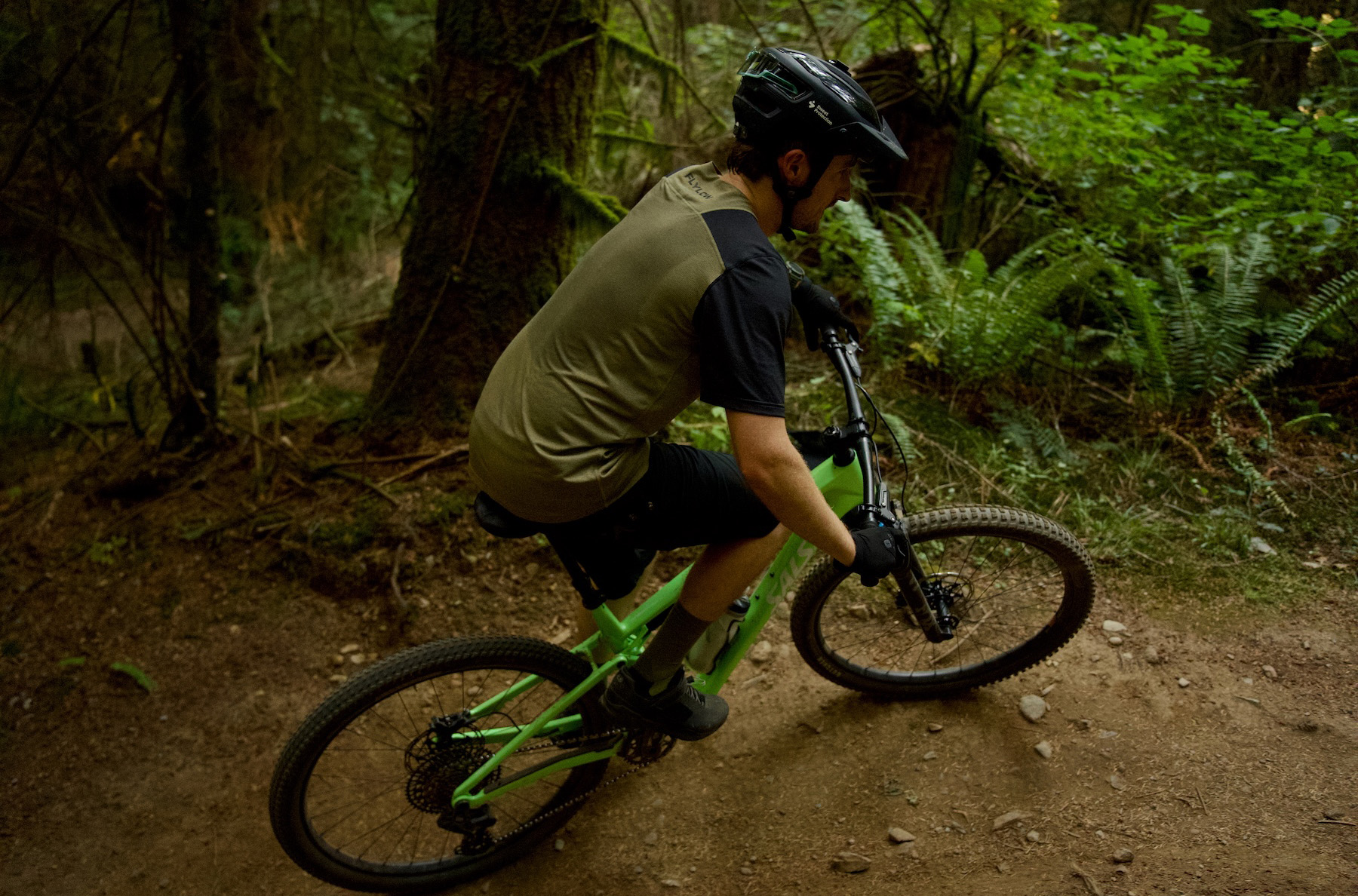
Intro
Most of our reviews are pretty long — and take a long time to produce — because we want to provide enough info for you to determine whether the gear we tested will work well for you.
But we get asked to check out an increasingly wide range of products, and sometimes, we just want to tell you about something we’ve been using and loving lately.
That’s where this monthly series — Stuff We Like — comes in. It’s where we keep you current on a broad range of things we’re digging. Check out this month’s submissions, and let us know if there’s any gear you’ve been loving!
Yeti Hopper Flip 18
MSRP: $300
Jed Doane: Yeti is well-known for their hard-sided coolers, and while hard coolers are undoubtedly better at keeping food and drinks cooler than their surroundings than soft-sided variants, they’re also quite heavy and voluminous. I’ve found that for day trips, I’m much more likely to bring a soft cooler than a hard one, and I wanted to try something durable. Yeti’s Hopper Flip line is made of a tough 840D nylon fabric and comes in several sizes. After several months of testing, the Hopper Flip 18 has proven to be a solid choice that balances ease of use and performance quite well.
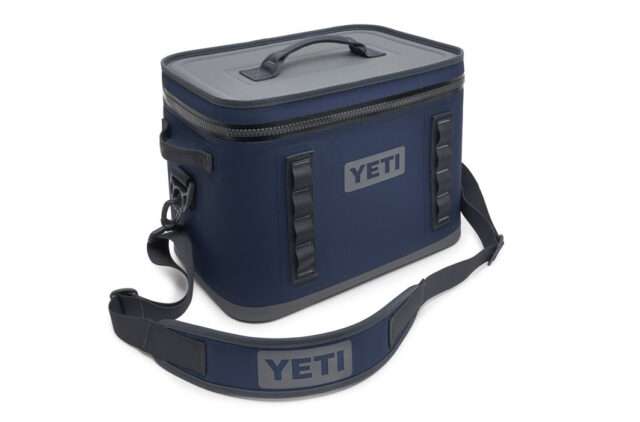
The Hopper Flip 18 is a great size for enough food and drinks for a day in the mountains, and with some planning, can handle short weekend trips. The external fabric is durable, takes scuffs and day-to-day punishment well without signs of wear, and is easily washable. It has a daisy chain that integrates with Yeti pouches, but can also host a carabiner for keys (or probably a more generic Molle pouch, though I haven’t tried this). The inside is quite washable and has emerged unscathed after some spills. I found the shoulder strap to be quite useful and comfortable for heavier loads — initially, I thought I wouldn’t use it, but have found that it stays out of the way reasonably well and makes carrying much easier when loaded. The soft-sided design has certainly come in handy, including being much easier to stuff into a packed car (or even between the front two seats of my small SUV during a particularly packed trip) than an equivalent hard cooler.
The heavy-duty zipper is, at least in part, responsible for the excellent temperature regulation, but it definitely takes some getting used to. It’s more difficult to use than the rubber straps that are common with rotomolded coolers and generally requires two-handed use. It has a nifty locking mechanism that keeps the cooler closed and watertight, which does require an extra tug to lock, and I learned my lesson that this is important to avoid spills while carrying the cooler.
Overall, the Yeti Hopper flip series is a high-end, zipper-based cooler that has solid temperature regulation and is a durable option for day trips. The Flip 18 is a perfect size for a day’s worth of food and drinks for 2-3 people.
Danner Cascade Crest Packable GTX Jacket
MSRP: $540
Jed Doane: Danner, the Northwest-based boot brand, has recently entered the apparel world, and this3-layer Gore-Tex rain jacket with urban styling is one of their new offerings. My main rain jacket is pretty slim-fitting and doesn’t fit well over more casual midlayers like flannels and fleeces, so I looked for a weather-ready jacket that had a fit and style meant more for the town than the mountains, and overall, I am very impressed by the design of the Cascade Crest.
I tested the weatherproofing on this jacket more than I was hoping to on a recent windy, very rainy trip to an Olympic Peninsula beach. Like many of the newer ePE membranes, the face fabric wet out a little more rapidly than prior generations, but I stayed very dry. The leather accents with retro draw cords actually did a decent job of keeping the hood tight in the wind, and the bagger, longer fit of the jacket was helpful when layering over more casual pieces like flannels.
The hand warmer pockets are higher than usual and are bellowed, making them quite high-volume and easy to fit larger items in (a 1.5L Nalgene fits, albeit awkwardly). There’s also a front chest zipper pocket with a waterproof zipper that holds a phone quite easily. My favorite pocket has proven to be the lower back “map” pocket, which I actually found pretty comfortable to hold a water bottle or binoculars. The jacket also easily packs into this pocket.
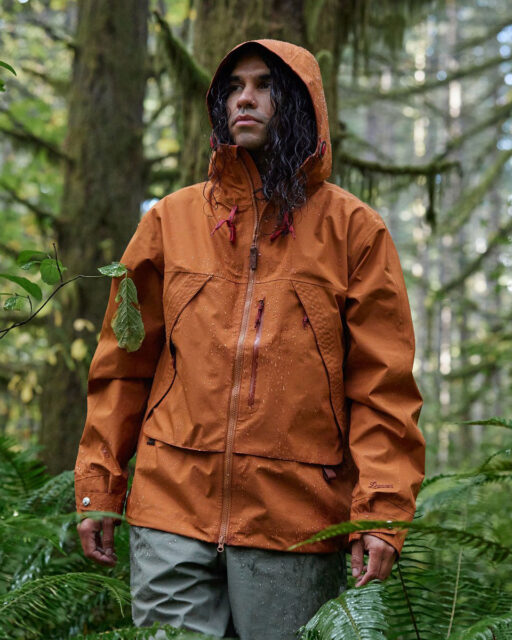
I really appreciated the fit of the Cascade Crest jacket, which made it very easy to use with a variety of different layering options from just a long-sleeve T-shirt to a bulkier fleece or thick flannel.
For those living in wetter climes and looking for a more urban-suited rain jacket that can handle very wet conditions, this is a jacket to check out.
Peak Design Roller Pro Carry-On
MSRP: $599
Jed Doane: The Peak Design Roller Pro Carry-On is the design-oriented company’s first attempt at carry-on luggage. They use pretty aggressive language in describing this bag- “a 4-wheel travel roller in a class of its own, built differently from the ground up to hold more, drive better, protect better, and look better.” I’ve had good experiences with Peak Design bags before (my Peak Design Dopp kit is an everyday favorite), and after several months of testing, it’s definitely the best carry-on bag I’ve ever used.
Of all its features, the handle system (termed SlimDrive) is the most revolutionary. It features thin carbon fiber handles that remove the joints common on most telescoping metal luggage handles. The 7 mm thin construction maximizes space inside the bag and creates a more solid feel when maneuvering the bag. Having lugged expensive bags with cheap-feeling telescoping aluminum handles around the world for years, I did feel that this handle system was the best I’ve ever used. It takes minimal space inside the bag, which allows for efficient usage of space (in previous bags, I would usually try to stuff socks and smaller items around the handles). The carbon fiber is stiff and makes the bag easy to maneuver.
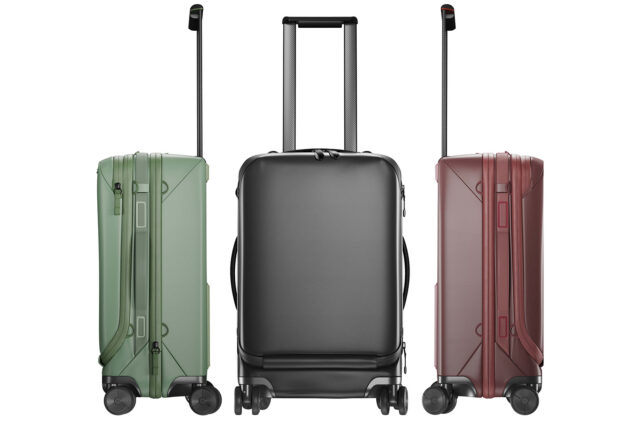
The rest of the bag is solid and well-designed. It features a rigid plastic frame with a 550D nylon overlay, giving it a hybrid feel from rigid plastic bags and soft fabric. I like many of the features, including an easy-to-access front laptop pocket and a paracord-based system that keeps the lid of the bag vertical when opened, making the footprint of the opened bag much smaller and pockets easy to access without losing stuff. Internal organization pockets on the lid of the bag are easy to use.
The size of the bag is 34L or 39L with the zipper expansion. I had no problem getting this bag in the overhead compartment space of smaller planes like the Embraer 175s that many regional carriers use. I feel like the capacity is generally standard for a carry-on bag.
Overall, this is a very well-designed bag. The handle system is unlike anything else available, every detail seems to be thought out, and it’s definitely my go-to bag for the foreseeable future.
Velocio Ultralight Trail Pant
MSRP: $209
David Golay: I’ve been a big fan of Velocio’s Trail Access Pant since it came out a few years ago — they fit me especially well, the materials and finer design details (e.g., pocket layout) are excellent, and they’ve held up extremely well to a ton of miles and hitting the dirt their fair share of times. This year, Velocio added an Ultralight version with — you guessed it — lighter, more breathable fabric to their lineup, and it’s stellar.
[The standard Trail Access Pant also got redesigned for this year, but the changes aren’t huge — some tweaks to material selection and patterning, but an overall similar design. The new ones breathe a little less well than the original, but that’s where the Ultralight version comes in.]
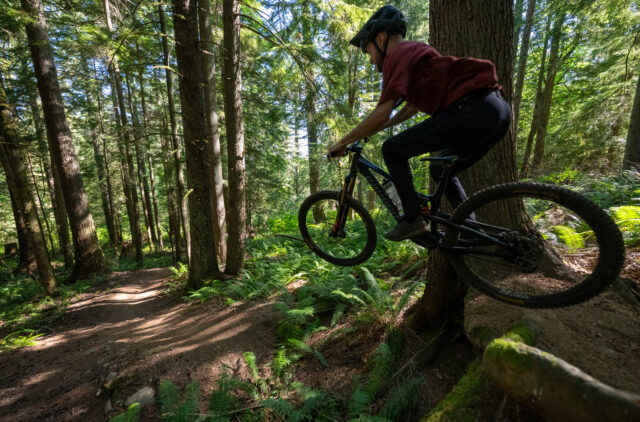
Anyway, the Ultralight Trail Pant is pretty similar to the Trail Access Pant, just with lighter materials, but Velocio hasn’t just made the Trail Access Pant thinner and called it a day. The main fabric used in the Ultralight Trail Pant is both thinner and a bit stretchier than what Velocio uses in the Trail Access Pant (either version), and they’ve tweaked the patterning and fit in sensible ways to compensate. The Ultralight Trail Pant is moderately slim-fitting without being super tight; it’s got two well-placed thigh pockets that hold a phone or other similarly-sized items nicely, and simply features belt loops in lieu of a built-in waist adjuster.
That does bring me to the one big downside of the Ultralight Trail Pant and the updated Trail Access Pant compared to the original: Velocio included an Arcade belt with the original Trail Access Pant, but you have to BYO with the new ones. A stretchy Arcade belt is the ideal pairing for the belt loop-equipped offerings — and I like that pairing better than any built-in belt or other waist adjustment system on bike pants that I’ve ever tried — but needing to buy one on top of what are already spendy pants is unfortunate.
But if you’re willing to look past the price tag, the Ultralight Trail Pants are the most breathable, coolest MTB pants I’ve tried to date; they’re patterned super well and fit me great; and they’re holding up quite well, despite featuring thinner, lighter materials than the also-excellent Trail Access Pants. I’m a huge fan.
Velocio Merino Trail Jersey
MSRP: $89
David Golay: I’ve consistently been impressed with a whole bunch of Velocio’s MTB apparel since they expanded their lineup to include it (the Ultralight Trail Pant and Trail Access Pant mentioned above, and the Trail Access Hardshell and Anorak being some of the biggest standouts). The new Merino Trail Jersey is on that list, too.
In short, it’s a wool / polyester blend (48 / 52%) shirt with casual T-shirt styling, but a long, dropped hem for better on-bike coverage. I’m a fan of wool bike shirts in general for their anti-odor and moisture-wicking properties, but what sets the Merino Trail Jersey apart is the light waffle weave in the fabric. It’s fairly loosely woven, acting almost as a fine mesh, and the texture of the waffle pattern goes a very long way toward helping the Merino Trail Jersey not feel clingy once it gets wet — either from sweat or external moisture.
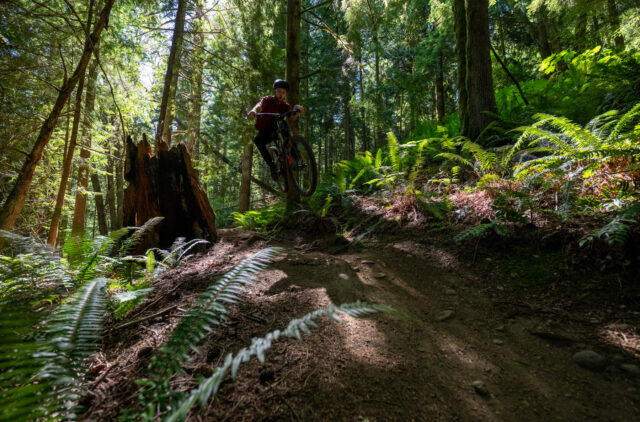
Compared to some wool blend fabrics with a higher wool content, the odor-resistance of the Merino Trail Jersey’s fabric is tamped down a notch, but it’s still solid, and the fabric is more than comfortable enough to make up for it in my book. And that’s really the main story here — the Merino Trail Jersey is a simple, unassuming, casual-looking option made from truly excellent fabric.
Flylow Garrett Shirt
MSRP: $70
Flylow doesn’t have quite the same brand reputation in mountain biking that it does in the snowsports world, but they’ve been making some well-considered bike apparel for several years, and that experience shows in the Garrett Shirt.
Made from their Solar IQ fabric, the Garrett Shirt has a 30+ UPF rating and manages to be breathable and stretchy without feeling fragile. The fabric itself is soft and comfy, but has resisted damage from all manner of thorny vegetation through high summer here in the Northwest. Despite the fabric’s durability, it never feels clingy or sticky on high-humidity (or generally sweaty) rides.
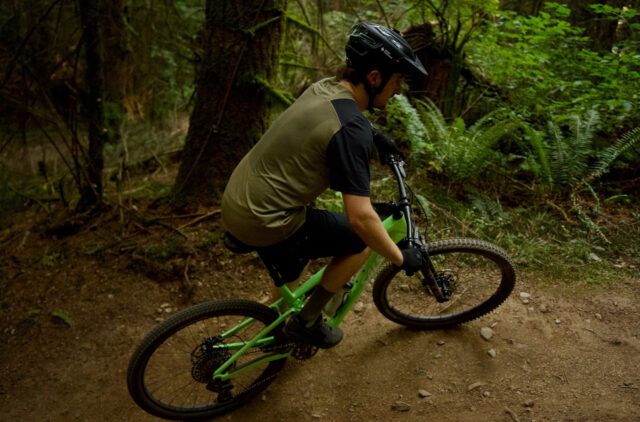
As a slim but taller person, I sometimes struggle with sizing from other brands, frequently falling somewhere between Medium and Large. The size Medium Garrett Shirt fits a bit bigger than average, but for me, that’s been perfect. The drop tail effectively prevents a weird shirt-to-shorts gap, but the slightly looser fit feels roomy without being baggy.
It doesn’t hurt that Flylow’s current sale brings the Garrett Shirt to $49, too.
Astral Kinisi Pant’s W’s
MSRP: $110 (currently on sale for $83)
Kristin Sinnott: Known for their well-designed personal flotation devices and water shoes (I’ve been wearing the Loyak shoe for eight years), Astral has long been a trusted name in the boating world. In recent years, though, they’ve expanded their product lineup to include a full lineup of shoes and hemp apparel. Over the past month, I’ve been wearing the Kinisi Pants, and I’ve been impressed by their soft, lightweight fabric, relaxed fit, cinchable cuffs, and roomy pockets.
This is actually the first hemp product I’ve worn in years. My past experiences with hemp clothing left me underwhelmed — the fabric just wasn’t soft enough, and while I knew it would soften with wear, I wasn’t willing to endure that initial stiffness. Thankfully, the Kinisi Pants are comfortable right out of the box. They are one of the softest pairs of casual pants I own.
Hemp only gets softer with every wash, but its benefits don’t stop there: it’s naturally anti-microbial, breathable, durable, and strong. It’s also an eco-friendly fabric, requiring less water to grow than cotton and eliminating the need for pesticides or herbicides.
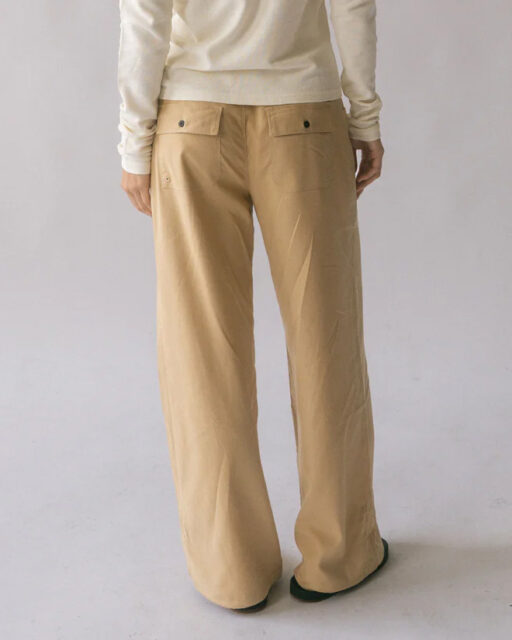
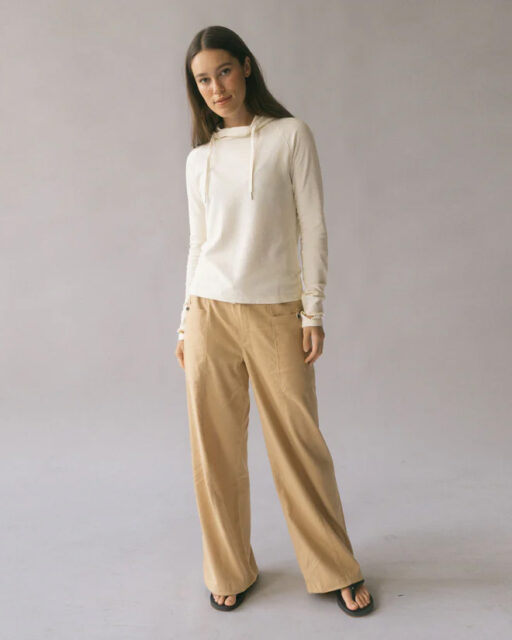
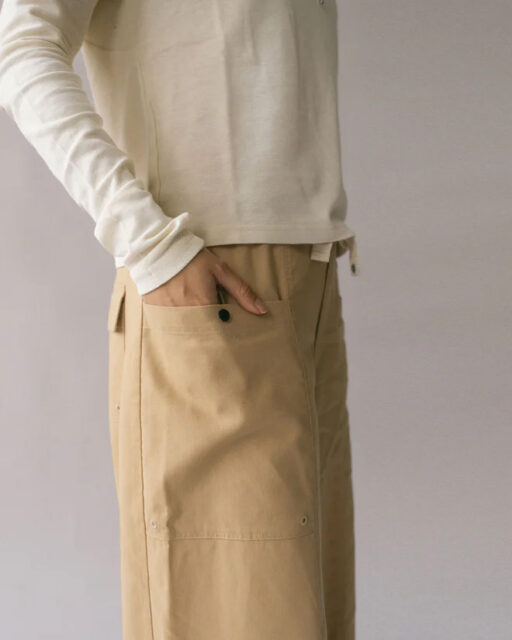
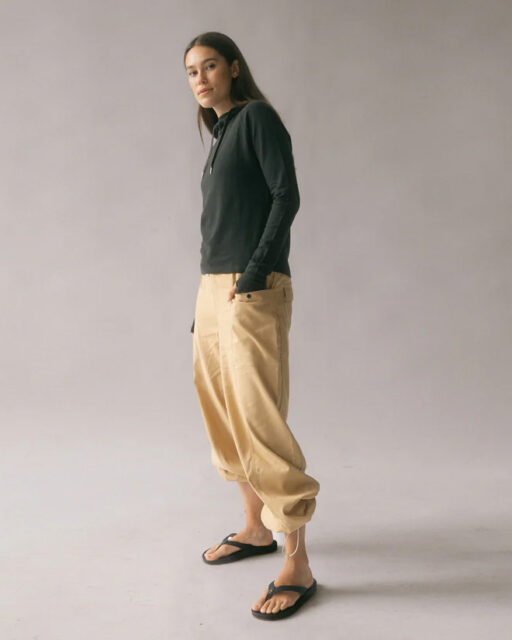
One note on sizing: the Kinisi Pants run large. I’m 5’8” / 172 cm, 135 lbs / 72 kg, and ordered a medium, but a small would have been a better fit. They’re also on the long side, so I rely on the cinchable cuffs to keep the hems from dragging. If you’re shopping their website or in a local shop, I encourage you to check out their High Noon Hoodie too. I found the hoodie equally soft, but its fit is more true to size.
Flylow Youth Huck Fleece
MSRP: $90 (currently on sale for $45)
Kristin & Linden: Flylow introduced a youth line of ski apparel in the fall of 2024, and my son and I have been big fans since day one. Instead of using cheaper or inferior finishes on their youth line, Flylow uses the same attention to detail and quality materials. One of the products, the Youth Huck Fleece, has been in our weekly rotation for the past few years.
The Huck Fleece is made from their Furano fleece with a soft interior grid that is comfortable to wear next to the skin. The exterior is smooth with a PFAS-free DWR finish. The Huck Fleece is lightweight and durable, and the 2” tall collar tends to stand up more than lie flat, which we both like.
Linden just turned 7, is 39in / 99 cm, 42 lbs / 19 kg, and the size XS (6) is a good fit. He’s worn the Huck Fleece for the last year and a half as a mid-layer and as a lightweight jacket. Until recently, it was a little long in the sleeves and torso, but he didn’t mind.
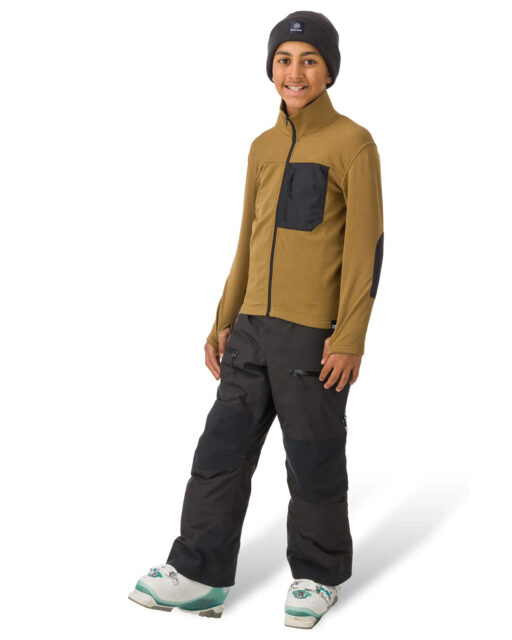
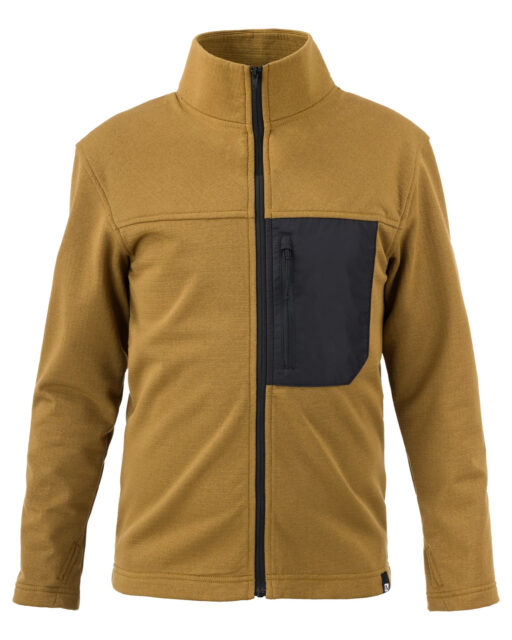
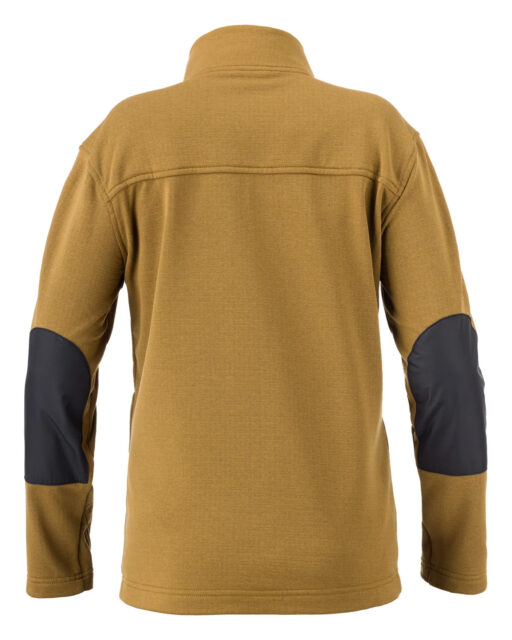
Mille Lacs Lake Guiding
MSRP: Trip dependent
Simon Stewart: I’m a big fan of guiding services, whether it be rafting, riding, fishing, skiing, or whatever. Perhaps my decade and a half of being a backcountry mountain bike guide has something to do with it, but I believe that when trying to have the best experience in an unfamiliar area, there’s no better option. So, for this month’s Stuff We Like, I’d like to shine a light on a fantastic fishing outfit in Minnesota, Mille Lacs Lake Guiding.
As the name suggests, we booked a day trip on Mille Lacs Lake, which is a highly regarded fishing destination just a few hours north of the Twin Cities. My seven-year-old son, Rory, is obsessed with fishing and has amassed an insane amount of fish and fishing knowledge, not to mention an already impressive fishing resume. He was very clear about what species he wanted to target — Walleye and Northern Pike. So, with that kind of pressure, bringing in the pros was an easy decision.
Our guide, Dan Pfeifer, met us at the lake at 7 am and loaded us into his baller Skeeter fishing boat — another reason to go with a guide is they’ll likely have top-notch equipment. Our day started out ripping across the lake at 60 mph to one of Dan’s preferred spots. Judging by the smile on Rory’s face when Dan opened up the 250-horsepower Yamaha outboard, I knew we were in for a good one.
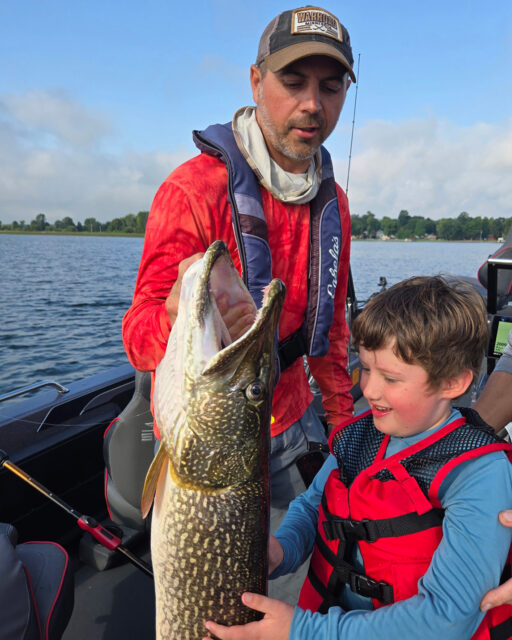
Once in the prime spot, things got nerdy real quick when Dan fired up the Forward Facing Sonar. Fishing experts agree that no technology has revolutionized the sport like FFS. Traditional sonar systems have been around for ages; my dad had it on his boat back in the 80s, but those systems display past data since they’re capturing it underneath the boat. FFS, on the other hand, provides real-time imaging out in front of the boat. It’s crazy how precise it is. We watched Dan routinely cast and drop the lure right in front of the fish’s noses. “It’s a game changer,” he said, and is essential, but also polarizing, in tournament fishing.
Dan was teaching Rory all about the sonar when they spotted a couple of really big fish in about 10 ft of water. Dan cast the lure dead nuts on, and we watched one of the fish take a swipe at it on the FFS screen. Dan masterfully set the hook, handed the rod to Rory, and it was “fish on”. The fish started pulling line like crazy right away, so we knew it was big. My brother grabbed the back of Rory’s life jacket so he wouldn’t get yanked overboard by the monster on the line. It was the battle of his life, but Rory got the fish to the boat all on his own, and Dan landed it with a huge net. It was a massive 43.5-inch Northern Pike that was almost as big as Rory.
Months later, Rory is still talking about it, and probably always will, it’s a “once in a lifetime” fish. Dan is the epitome of a professional guide; he has the skill, knowledge, patience (he was great with Rory), and a bitchin’ boat that made our day such an overwhelming success. Thanks, Dan, and thanks Mille Lacs Lake Guiding.
Smith Guide’s Choice XL
MSRP: $297-$327
Jed Doane: Sunglasses are very important for flyfishing- sight fishing is one of life’s great joys, and my eyes aren’t great so I need all the help I can get. I’ve tried sunglasses from multiple brands over the years, and do notice a difference with technology. Polarized lenses are essential, and Smith’s ChromaPop technology (see my now more-than-a-decade-old deep dive here) in my experience does help incrementally in spotting fish. I do most of my fishing in the evening, and I’ve always had a hard time at twilight when sunglasses are much too dark but glare on the water is high. The Guide’s Choice XL has been revolutionary in all-day clarity on the water.
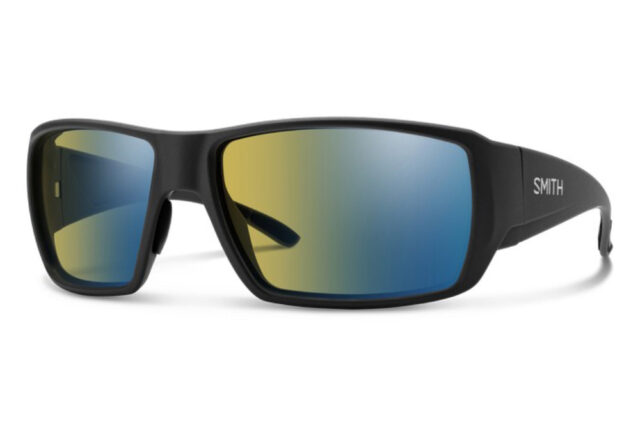
This top-of-the-line offering from Smith is definitely the best pair of fishing glasses I’ve ever used. The polarized glass lenses are photochromic, with a wide range of light transmission that makes it easy to spot fish in both high sun and low light. I used the Glass Polarchromic yellow blue lens with Chromapop- Smith offers the Guide’s Choice XL with two Polarchromic glass lens options and many other polarized options at a slightly lower price- though it’s a high price point, I think the quality of the Polarchromic lens is worth the $30.
The frame is styled like many other fishing-specific glasses across multiple brands, with an 8-base lens and wraparound fit for maximum coverage and sun protection. It wouldn’t otherwise be my choice style-wise, but this is a function-over-form product. Smith makes a normal Guide’s Choice and an XL model and I found that the XL model that I tested fit my face well (I have a larger head, about 60cm). The temples are also dual-hinged, making for a solid fit on bigger heads without the headache. They also feature an attachable wire leash that I’ve kept attached for the last several months The glass lenses are noticeably heavier than standard polycarbonate lenses, but the nosepieces are high-quality and kept the glasses from sliding down, even with sweat and sunscreen.
Overall, if you’re like me and need all the help you can get on the river, it’s worth investing in high-end glasses. The Guide’s Choice XL has proven to be a great option with high-end optics and great design.
